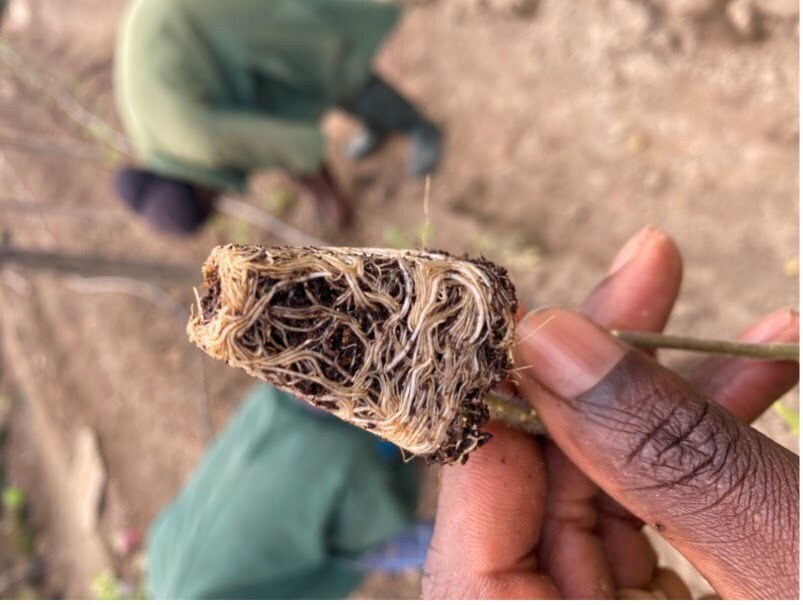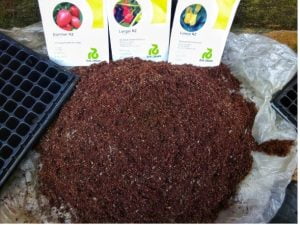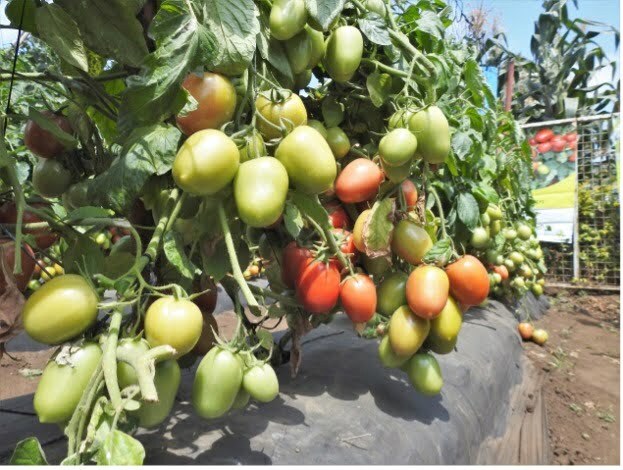
How to Plant Tomato Seeds in Nigeria
There are over 30 tomato varieties available to farmers in the Nigerian market. Choosing the right variety; for a specific season is a problem many farmers face.
Rijk Zwaan tomato varieties, Jarrah RZ F1, Abale RZ F1, and Gamhar RZ F1 are among the best tomato varieties in Nigeria. This is due to their disease resistance, high productivity, sweet taste, and longer shelf life (over 2 weeks).
Factors Affecting the Germination of Tomato Seeds
Before you go ahead to plant your tomato seeds, kindly noted that the tomato seeds need warmth, oxygen and moisture to germinate, as explained below:
- Water: This helps to activate the enzymes that begin the process of growth. The uptake of water by the seeds results in the swelling and breaking of the seed coat.
- Oxygen: This is essential for germination. It is important you grow your seeds in a well aerated media.
- Temperature: An optimum temperature plays a vital role in seed germination. This should range from 20 degree to 30 degree Celsius.
How to Sow Tomato Seeds
Raising healthy seedlings is the foundation of a successful tomato production. One of the most frequent questions from Nigerian tomato farmers is how to plant tomato seeds to get the best results.
To raise tomato seeds, you will need the following:
- Seedling trays/plastic cups: These must have drainage holes to allow excess water outflow.
- Substrate: This includes coco peat, topsoil, peat moss, or potting mix. Alternatively, you could use a mix of coco peat and crushed rabbit manure or compost (3:1)
- Good quality seeds: We recommend quality hybrid seeds such as Jarrah RZ F1, Abale RZ F1, and Gamhar RZ F1 from Rijk Zwaan.
- Bio-pesticide: This is optional, but it is good to treat your substrate with Trichoderma viride and Beauvaria bassiana to help protect the seedlings from early pest attacks.
Here are the steps for sowing tomato seeds:
- If using bio-pesticides, using the recommended dosage, mix it into the substrate.
- Fill the seedling trays or cups with the substrate. Gently press down to create a shallow hole (about half an inch).
- Place one tomato seed per hole
- Cover the seeds with a thin layer of substrate
- Water gently. Be careful not to wash the seeds out of the holes.
- Cover the trays with a plastic (mulch film, sack, or polyethylene bag) and keep indoors.
- Depending on your location and other factors, your seeds should sprout between 3 – 5 days. Start checking on them from the third day. Once you notice any sprouts, bring them outside and keep in a sunny place.
- Water your seedlings once or twice a day. Ensure the substrate is moist and not overly wet.
- The seedlings should be ready for transplanting 3 weeks after emergence or when they have formed 3 – 5 true leaves.
If you prefer to see how to sow tomato seeds live, here is our video showing you how to sow tomato seeds using seedling trays.


